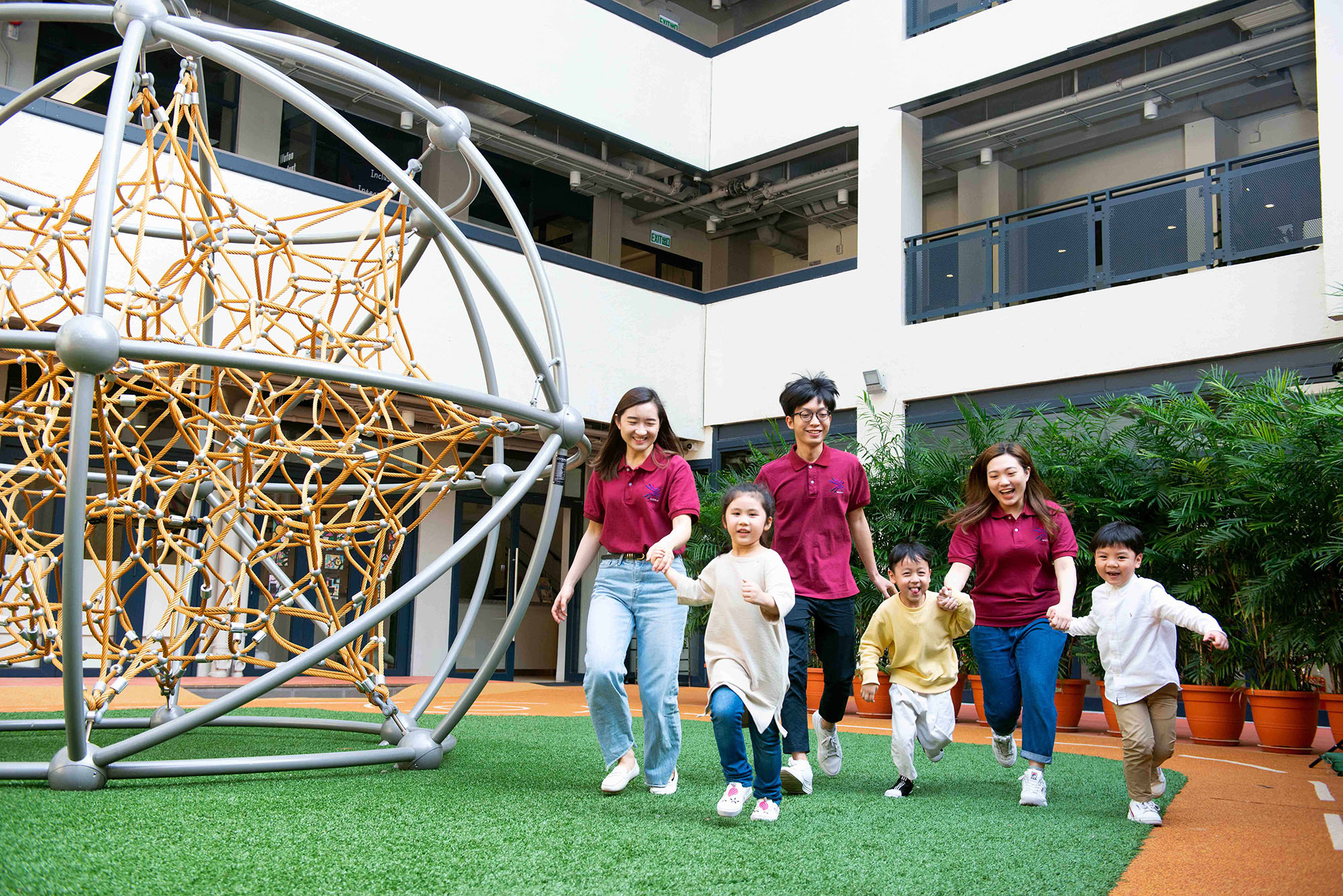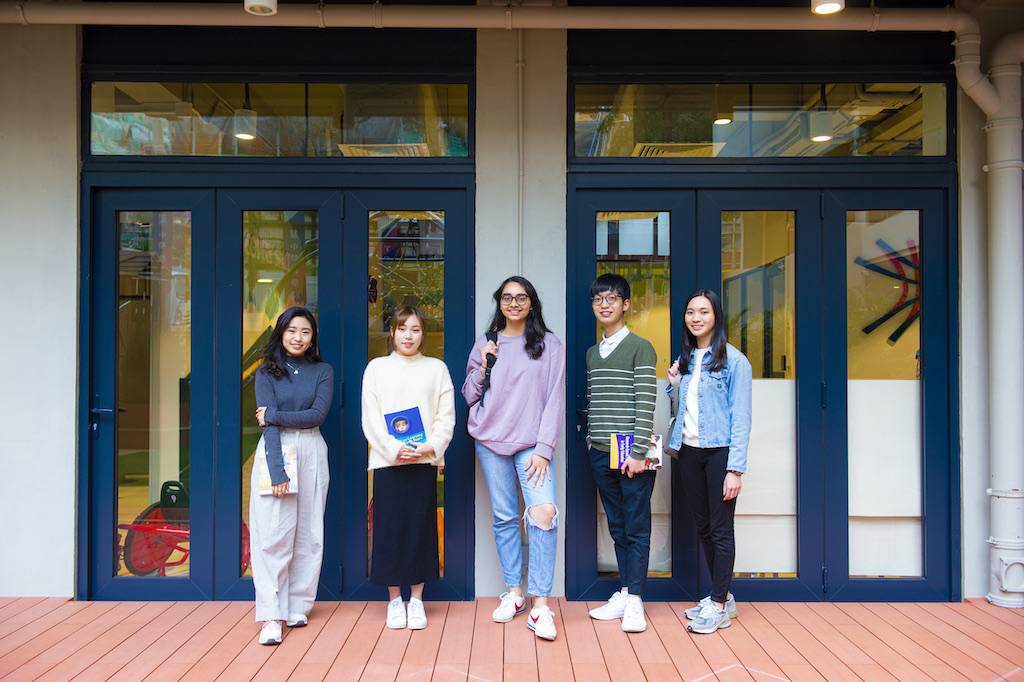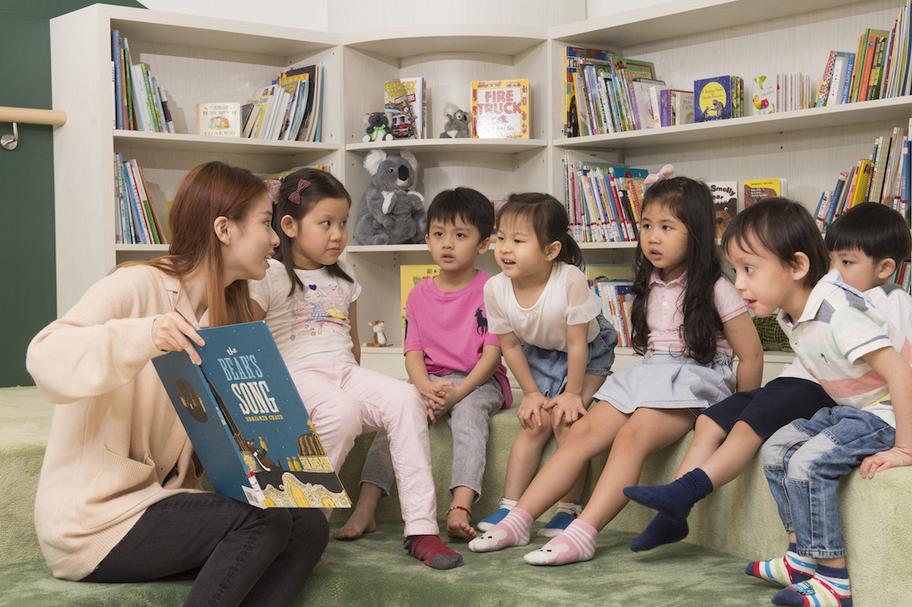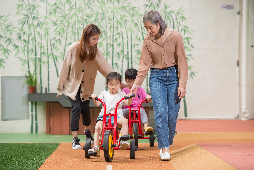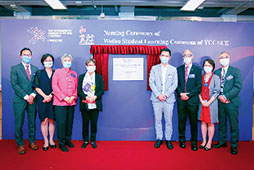Go Back
Media Coverage
Press
Rethinking higher education in Asia post-pandemic: five key trends (Times Higher Education, 2 June 2021)
Press
02 Jun, 2021
18 : 00
Technology has become indispensable at all levels of education, from kindergarten to universities. In Asia, most higher education institutions embrace a bottom-up teaching approach, which focuses on practices. The past year, with the pandemic, has brought a number of major developments in digital solutions, improving the learning experience and performance.Technology has changed how we communicate, access information, work and even play, and disrupted our way of living. Education-wise, digital solutions have scaled up the ways we deliver and take instruction far beyond the traditional “chalk and talk” classroom model. It has created diverse opportunities for practice, learning and engagement.Here are five technology-driven trends we are seeing across higher education in Asia:
- New learning practices
The use of virtual reality (VR) has become more common across different industries and applications. Useful as a teaching medium or supplement to teaching, VR provides students with an immersive experience when remote learning. This innovative technology enhances and complements real-world exploration. It is a legitimate substitute for face-to-face classes, in particular during a crisis like the pandemic.
- New learning resources
Everything has become digital, including learning resources, particularly since the forced university closures of the last year. The dozens of online teaching tools available include videos, blogs, polling platforms, discussion forums, e-books, podcasts and more, which educators can use to present information in a more interesting manner.
- New forms of interaction
As the foundations of education, we expect to see new forms of interaction emerge under the “new normal”. Every student has a different learning journey and learning style. Educators can explore a wide range of options and resources, whether visual, audio or hybrid, in order to “customise” a learning model that best matches the needs and interaction preferences of each student.
- New teaching methods
Educators are still trying to figure out the best practices to ensure students are socially in tune and proactively engaged over screens. Project-based learning might be the answer, as it enables us to involve students and keep them concentrated in a high level of reading, writing and talking tasks within a remote-learning environment. It is important to encourage students to actively engage with video lectures and classes using voting functions and collaboration tools. Educators should make full use of digital tools and the internet.
- New learning system
The pandemic accelerated personalised teaching and learning with the wide adoption of artificial intelligence (AI) technologies. Under new virtual learning systems, educators can set content for students through online lecture programmes and video conferences, and help students with different needs at all stages – from learning at their own pace to maximising the retention of knowledge.
Rethinking education in the post-pandemic era
As we gradually resume in-person university life in the post-pandemic era, we have to rethink the positives and negatives brought by the new digital education model. How can we strike a balance between technology and learning objectives to create the most effective learning models for students? Early childhood education (ECE) provides a useful guide:
- Understand the limitations of technology
ECE is all about learning from real-life scenarios and children’s senses. We can expect limitations in technology’s ability to facilitate experience and social interactions, as well as in practicum opportunities for our future educators. Digital forms of learning might be convenient and flexible; however, digital learning is also a solo act and limits us from gaining authentic and hands-on experience of teaching in different classroom settings. A quality ECE class provides student teachers with opportunities to apply their knowledge of children’s development in real-life settings, which means more than sitting in front of a monitor creating instructional videos.
- Review learning objectives
Educators need to constantly re-examine the use of technologies. Does it match the learning objectives? Does it meet our needs? Like AI and VR, these technologies enhance and disrupt higher education. We were presented with dozens of new technologies over a very short time, requiring us to be creative and open-minded in learning new tools. But do we need these technologies? We have to thoroughly understand the rationale behind digital tools and remind ourselves of our teaching objectives.
- Moving forward with new practices
Education is changing. Children are used to learning and studying out of the classroom. To transition successfully to a new education model, we have to define how technology is used, given specific contexts and needs, and equip ourselves with broader related knowledge of how to use technology as a teaching tool. For example, being aware of the health guidelines of average screen time per day for children or young people.There is no doubt that adopting new teaching practices is challenging. But if well applied, educational technology can improve the learning experience and outcomes as we look to the future.
Allan Yuen Hoi-kau, president of Yew Chung College of Early Childhood Education.


